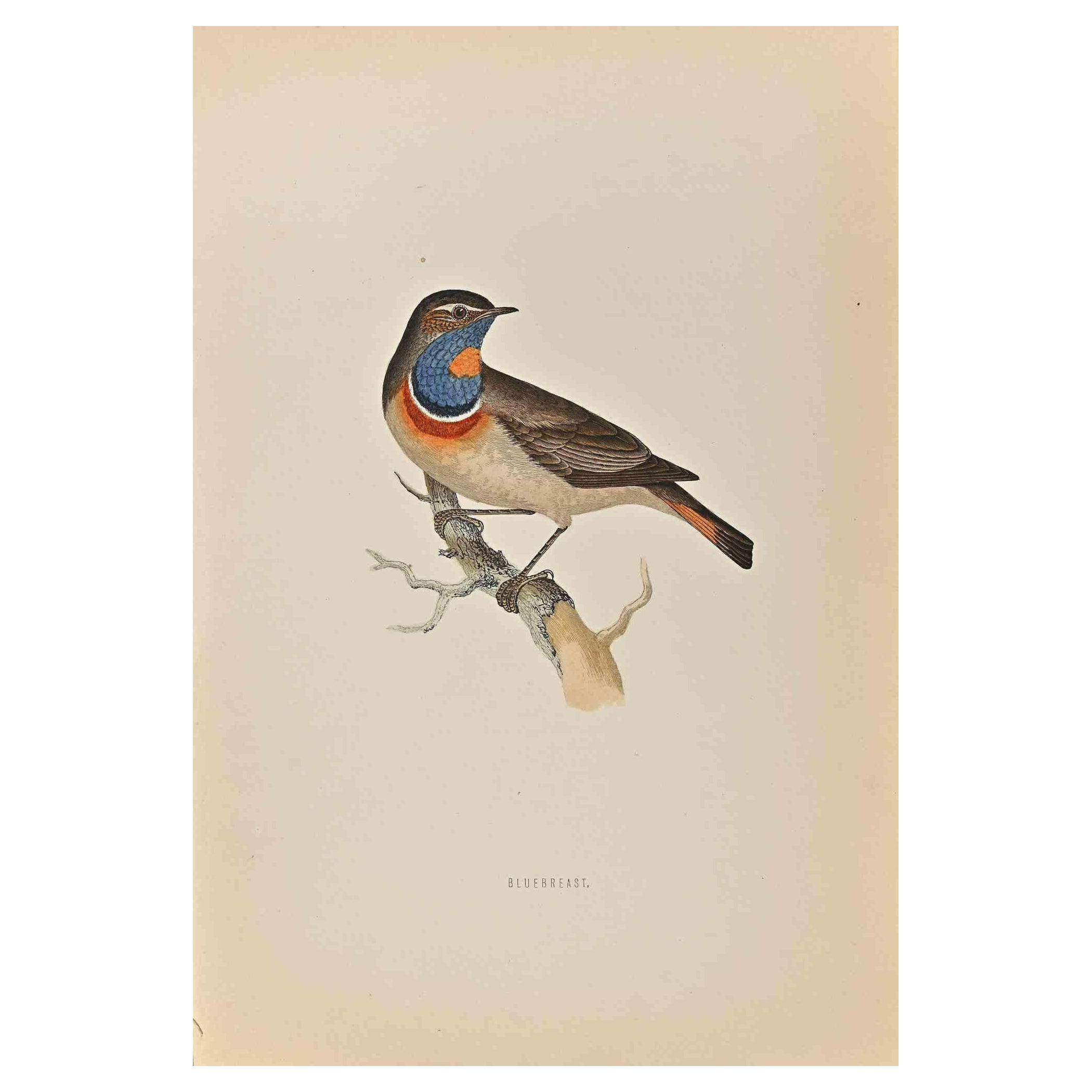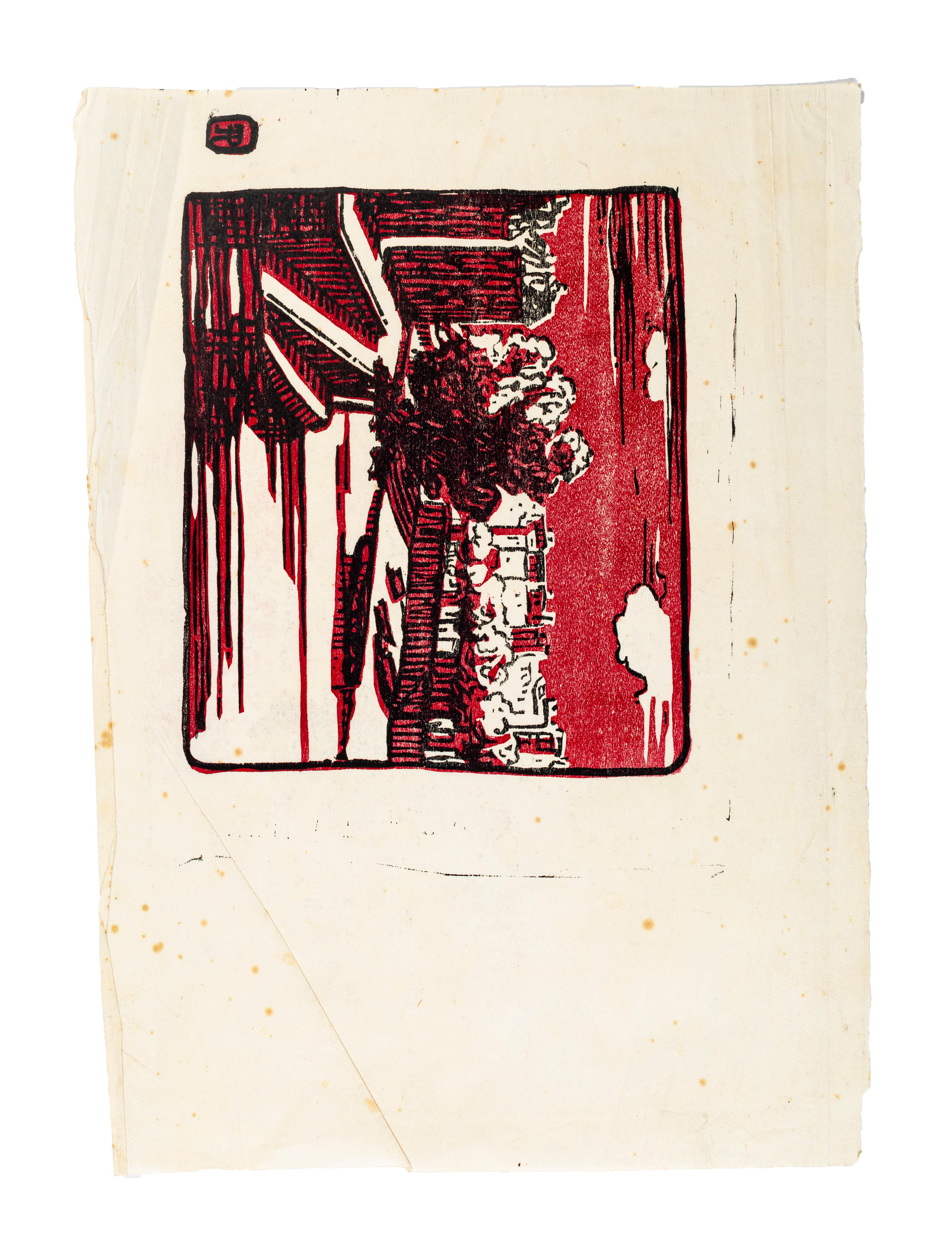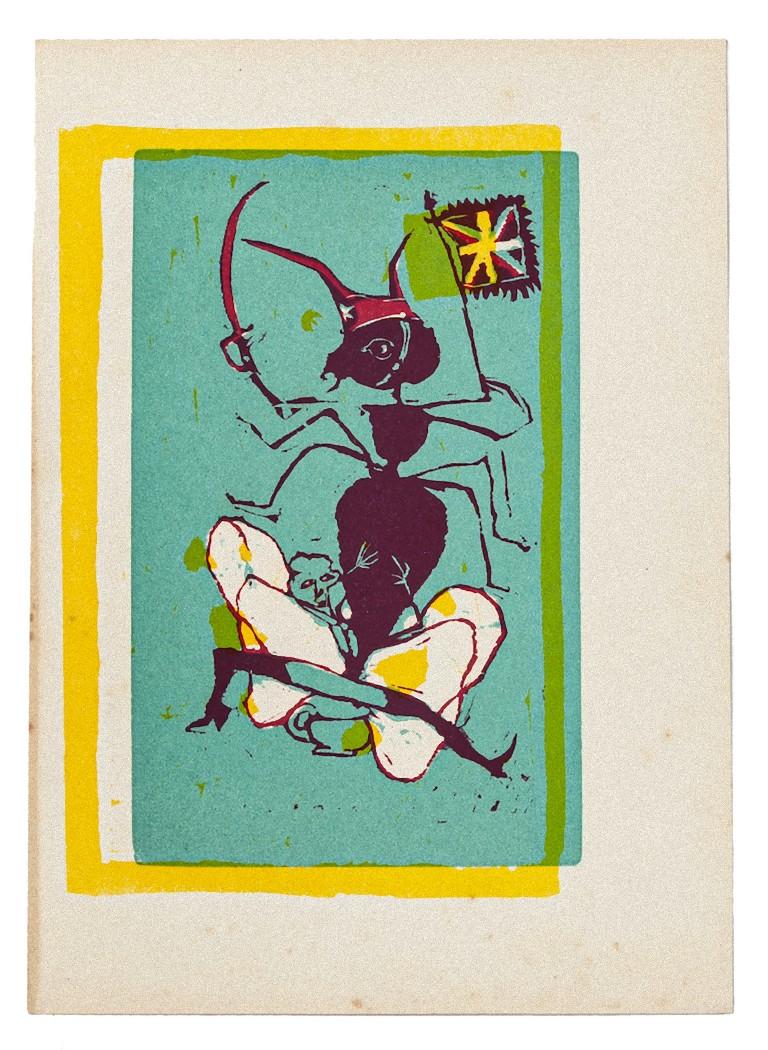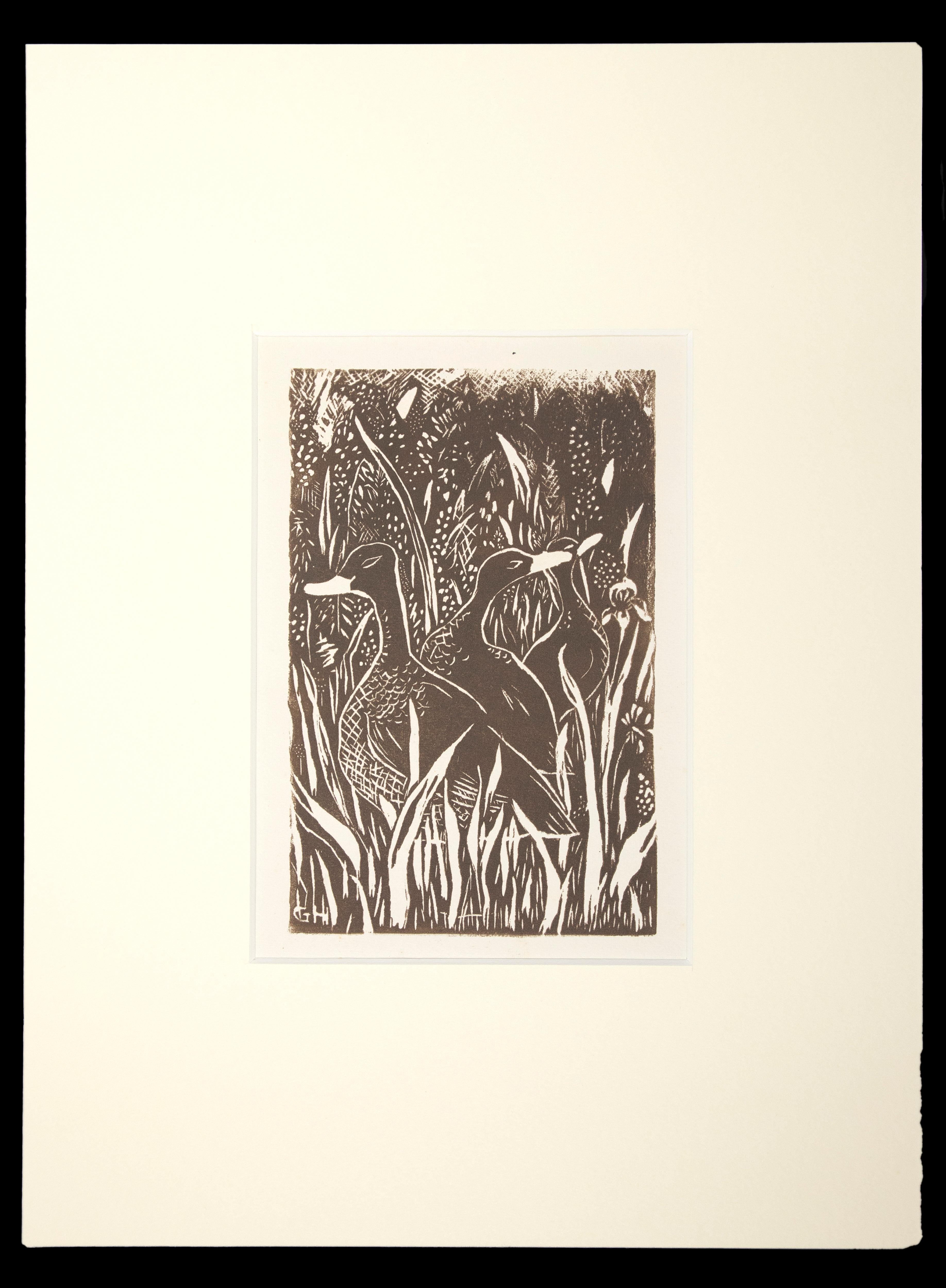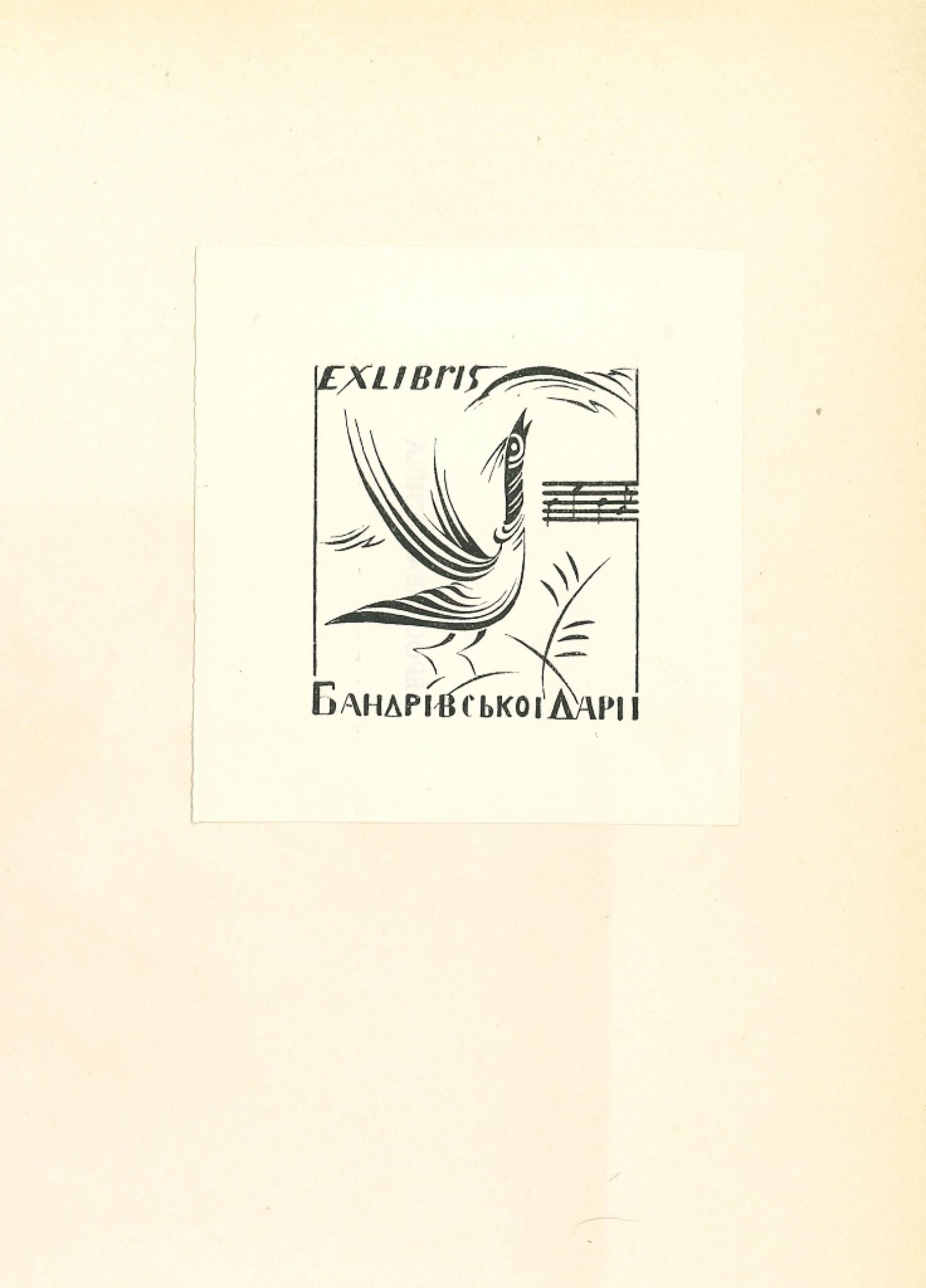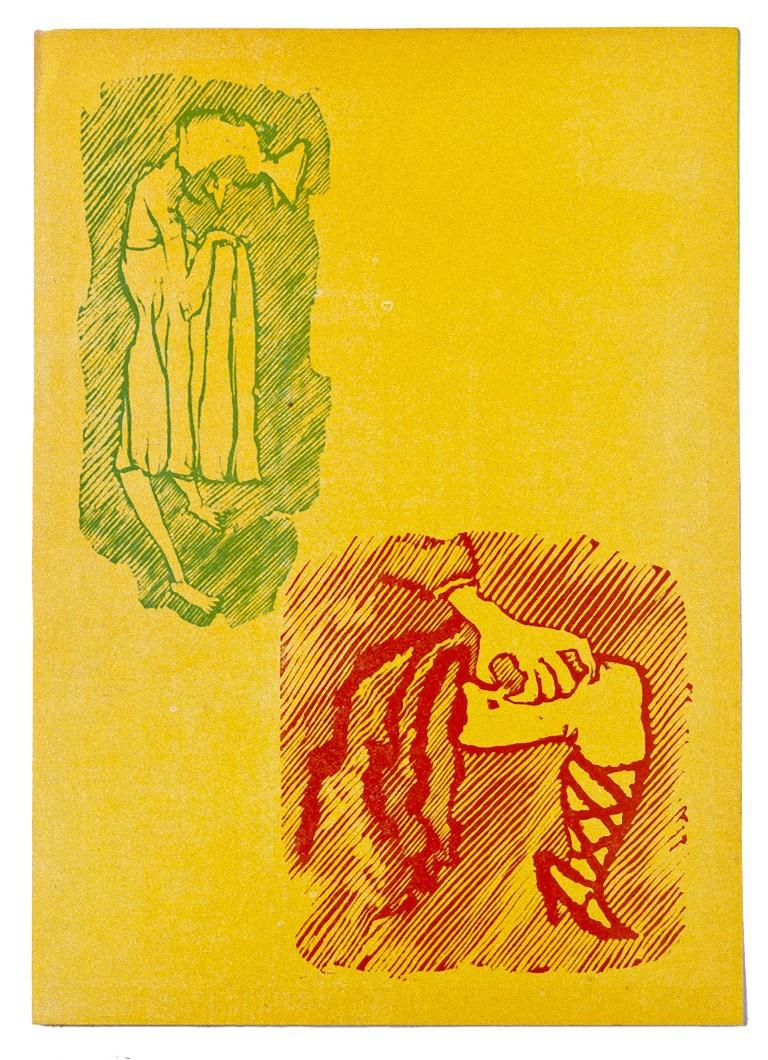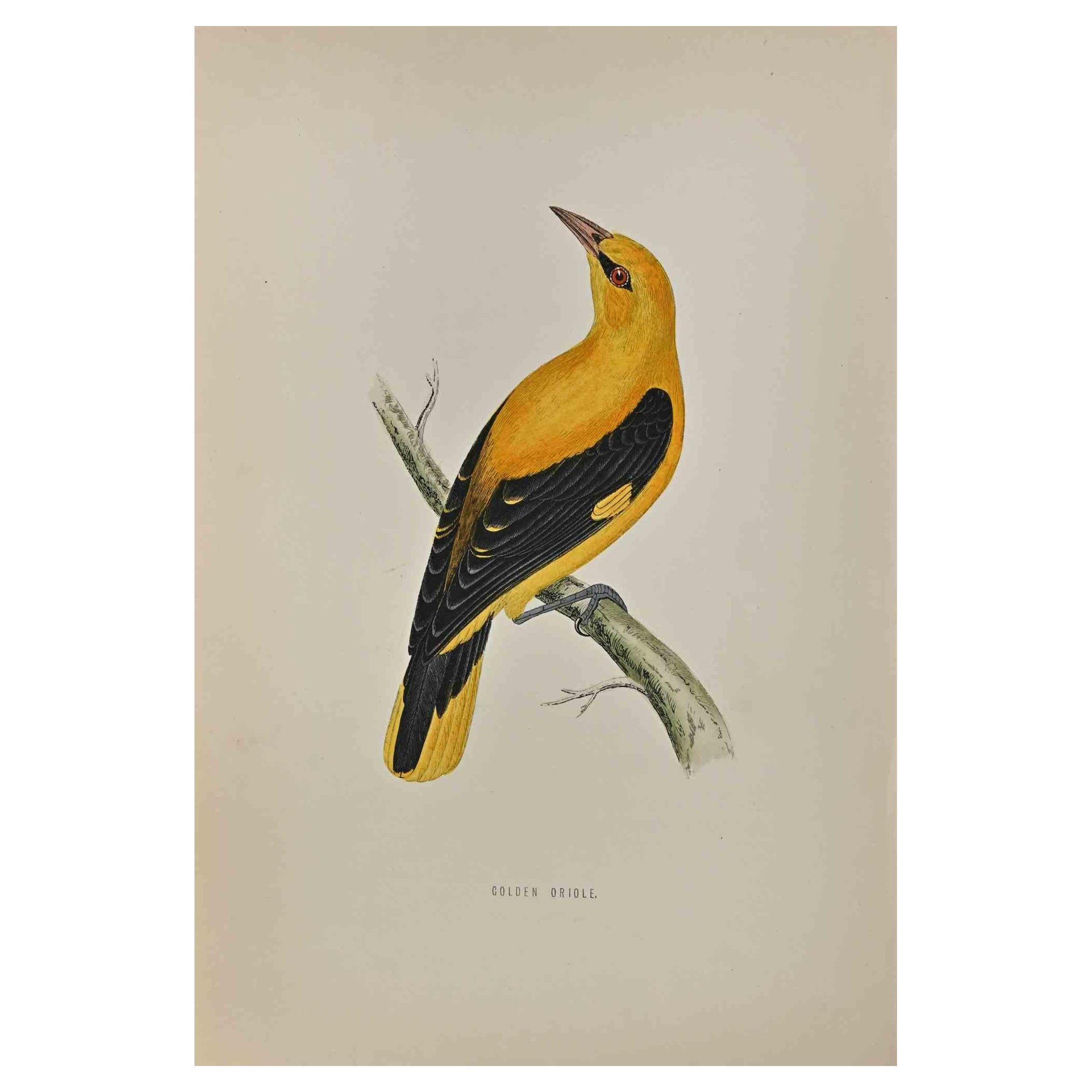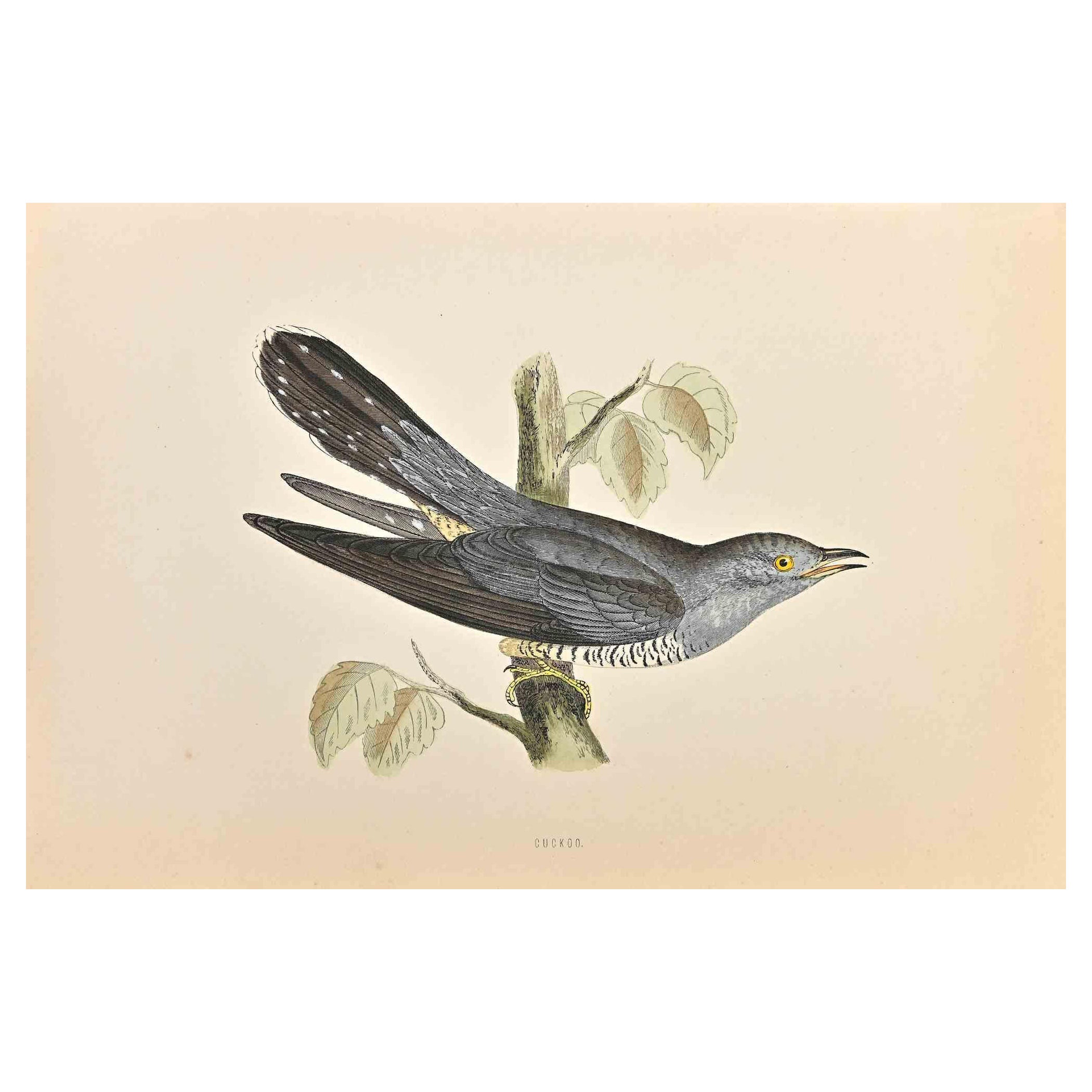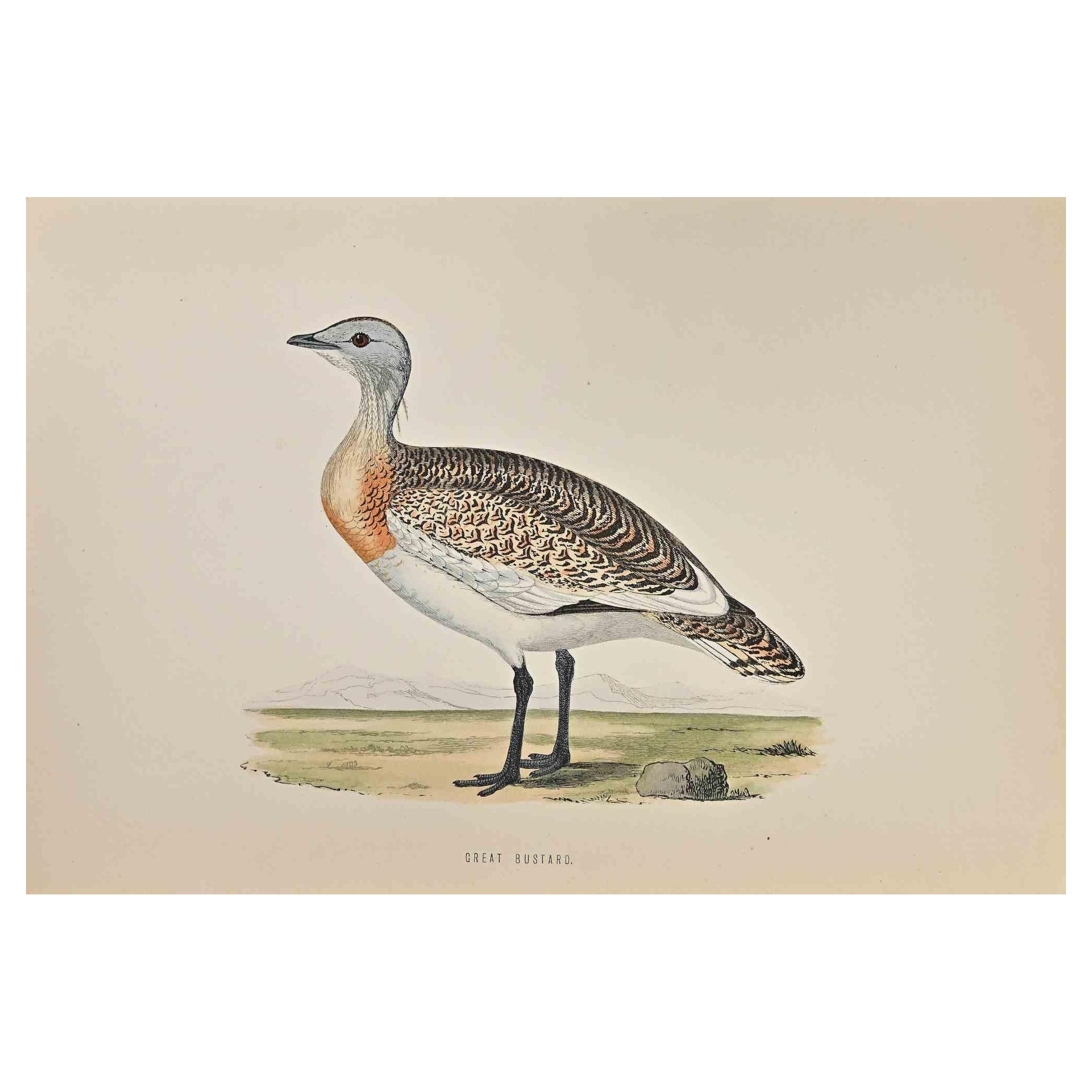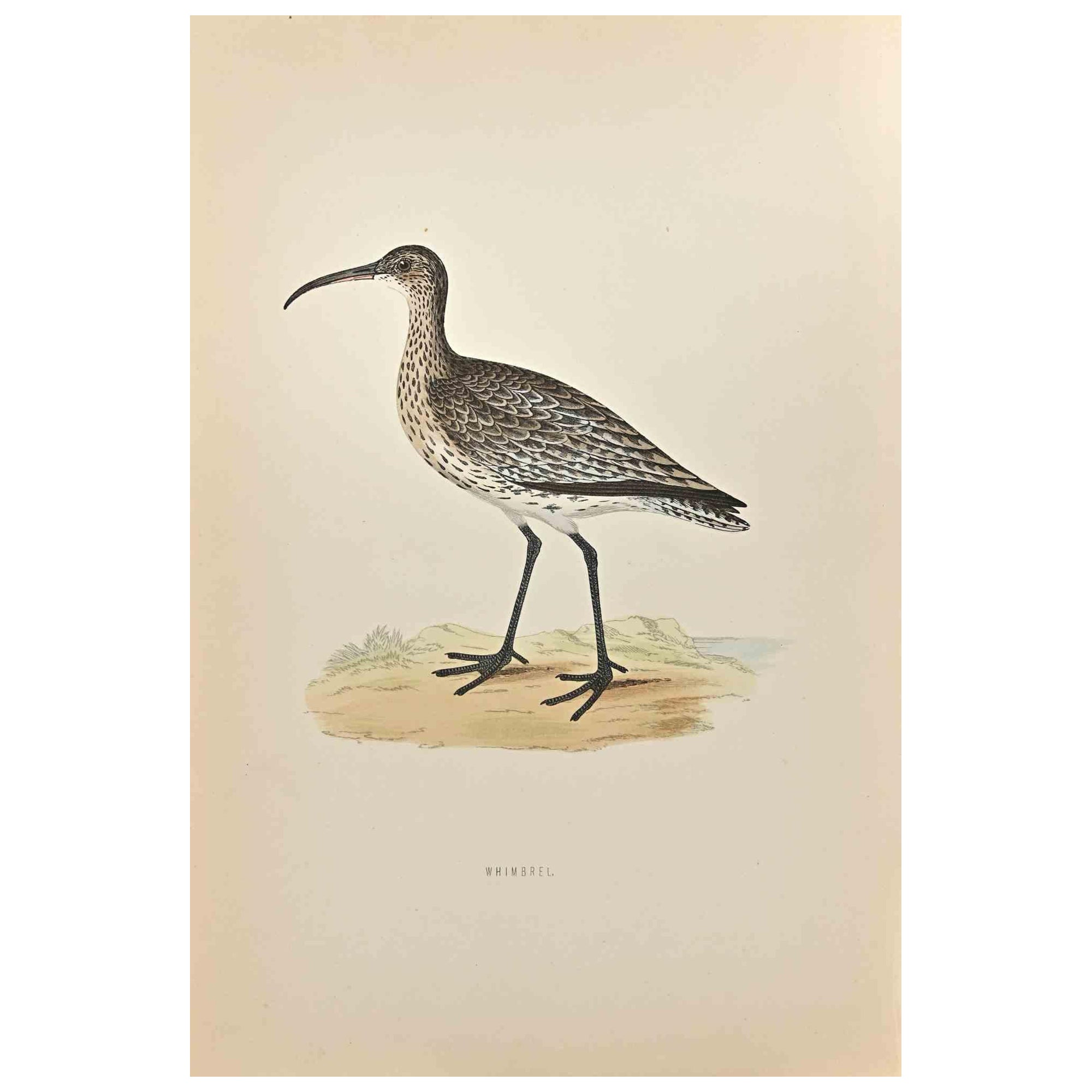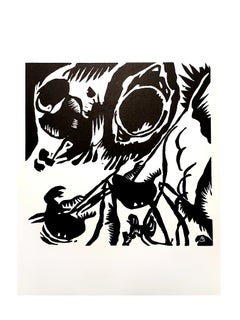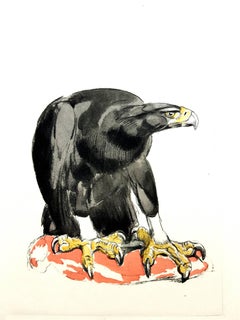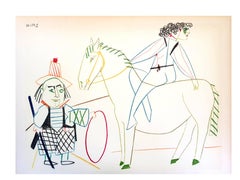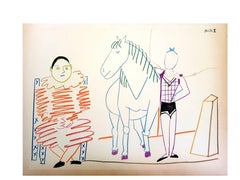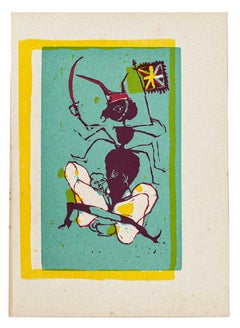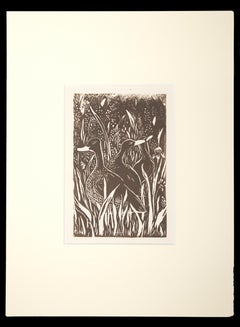Qi Baishi - 22 Original Woodcuts - Rong Bao Zhai
View Similar Items
Want more images or videos?
Request additional images or videos from the seller
1 of 11
Qi BaishiQi Baishi - 22 Original Woodcuts - Rong Bao Zhai1952
1952
Price:$2,178.35
$2,989.75List Price
About the Item
About the Seller
4.9
Platinum Seller
Premium sellers with a 4.7+ rating and 24-hour response times
Established in 2015
1stDibs seller since 2015
964 sales on 1stDibs
Authenticity Guarantee
In the unlikely event there’s an issue with an item’s authenticity, contact us within 1 year for a full refund. DetailsMoney-Back Guarantee
If your item is not as described, is damaged in transit, or does not arrive, contact us within 7 days for a full refund. Details24-Hour Cancellation
You have a 24-hour grace period in which to reconsider your purchase, with no questions asked.Vetted Professional Sellers
Our world-class sellers must adhere to strict standards for service and quality, maintaining the integrity of our listings.Price-Match Guarantee
If you find that a seller listed the same item for a lower price elsewhere, we’ll match it.Trusted Global Delivery
Our best-in-class carrier network provides specialized shipping options worldwide, including custom delivery.More From This Seller
View AllWassily Kandinsky - Composition - Woodcut
By Wassily Kandinsky
Located in Collonge Bellerive, Geneve, CH
Wassily Kandinsky - Composition - Original Woodcut
Condition: excellent
32 x 24 cm
1959
Published by XXe siècle, San Lazzaro
Printed signature (monogram) in the plate
Unnumbered as i...
Category
1960s Abstract Geometric Animal Prints
Materials
Woodcut
Paul Jouve - Eagle - Original Engraving
By Paul Jouve
Located in Collonge Bellerive, Geneve, CH
Paul Jouve - Eagle - Original Engraving
Editions Rombaldi, Paris, 1950.
Copy on velin creme de Rives
Artwork by Paul Jouve.
Original copper engraving heightened with pochoir.
Paul...
Category
1950s Modern Animal Prints
Materials
Engraving
The Human Comedy - Lithograph
By (after) Pablo Picasso
Located in Collonge Bellerive, Geneve, CH
After Pablo Picasso
The Human Comedy - Lithograph after an original drawing, as published in the journal "Verve"
Printed signature and date
Dimensions...
Category
1950s Modern Animal Prints
Materials
Lithograph
The Human Comedy - Lithograph
By (after) Pablo Picasso
Located in Collonge Bellerive, Geneve, CH
After Pablo Picasso
The Human Comedy - Lithograph after an original drawing, as published in the journal "Verve"
Printed signature and date
Dimensi...
Category
1950s Modern Figurative Prints
Materials
Lithograph
Max Ernst - The Soldier - Original Lithograph
By Max Ernst
Located in Collonge Bellerive, Geneve, CH
Max Ernst (1891-1976)
Georges Ribemont-Dessaignes, La Ballade du Soldat, Pierre Chave, Vence, 1972
Colour lithographs on Arches paper
1972
Edition : 199
Dimensions: 40 x 30 cm
Refe...
Category
1970s Modern Figurative Prints
Materials
Lithograph
Enrico Baj - Lithograph
By Enrico Baj
Located in Collonge Bellerive, Geneve, CH
Enrico Baj - Original Lithograph
Colorful Abstraction
1962
From the art revue XXe Siecle
Dimensions: 32 x 24
Edition: G. di San Lazzaro.
Unsigned and unumbered as issued
Category
1960s Modern Figurative Prints
Materials
Lithograph
You May Also Like
Bluebreast - Woodcut Print by Alexander Francis Lydon - 1870
Located in Roma, IT
Bluebreast is a modern artwork realized in 1870 by the British artist Alexander Francis Lydon (1836-1917) .
Woodcut print, hand colored, published by London, Bell & Sons, 1870. Na...
Category
1870s Modern Figurative Prints
Materials
Woodcut
Red Landscape - Original Woodcut - Mid 20th Century
Located in Roma, IT
Red Landscape is an original xylograph realized during the half of the 20th Century by an anonymous artist.
Monogram of the artist on the left side of t...
Category
Mid-20th Century Modern Figurative Prints
Materials
Woodcut
The Creatures - Woodcut by Mino Maccari - Mid-20th Century
By Mino Maccari
Located in Roma, IT
"The Creatures" is an original woodcut realized by Mino Maccari (1898-1989).
In Good conditions, except for very small foxing along the margins which does not affect the image.
Thi...
Category
Mid-20th Century Modern Figurative Prints
Materials
Woodcut
Ducks - Woodcut by Giselle Halff - Mid 20th century
By Giselle Halff
Located in Roma, IT
Ducks is an original woodcut print realized by Giselle Halff.
Good condition, no signature.
Included a white cardboard passpartout (39x29 cm).
Category
Mid-20th Century Modern Figurative Prints
Materials
Woodcut
Ex Libris with Bird - Original Woodcut - Mid-20th Century
Located in Roma, IT
Ex Libris with Bird is an original Contemporary Artwork realized in the Mid-20th Century.
Original B/W woodcut on ivory-colored paper.
The work is glued on cardboard.
Total di...
Category
Mid-20th Century Modern Animal Prints
Materials
Woodcut
Woman - Woodcut by Mino Maccari - Mid-20th Century
By Mino Maccari
Located in Roma, IT
"Woman" is an original woodcut realized by Mino Maccari (1898-1989).
In good conditions.
This artwork represents a standing woman at the top left and a detailed leg while a hand is...
Category
Mid-20th Century Modern Figurative Prints
Materials
Woodcut
Recently Viewed
View AllMore Ways To Browse
Vintage Insect Book
Peach China Plate
Wei Dynasty
Qing Ink Stone
Chen Chi
1968 Vintage Wine
Andy Warhol Male Models
Chagall Woodcut
Charles Bragg Etching
Cowboy Lithograph
Detroit Poster
Egypt Travel Poster
Etching Cow
Frank Lloyd Wright Ceiling
Gian Paolo Berto
Kathe Kollwitz
Marcel Vertes
New Orleans Vintage Posters
